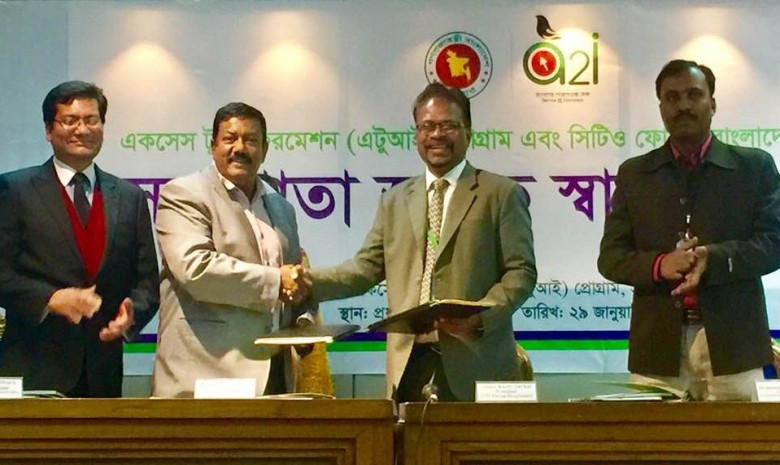Dubai, renowned for its modernity and desert landscape, faced an unexpected challenge with a significant flood. Speculation arose, attributing the inundation to cloud seeding, a weather modification technique often used in the region. However, the reality behind Dubai's flood likely extends beyond a single controversial practice.
Cloud seeding, aimed at enhancing rainfall, may influence precipitation under suitable conditions. However, attributing an entire flood event solely to this practice oversimplifies the complex interplay of meteorological factors.
Factors such as intense rainfall, inadequate drainage infrastructure, rapid urbanization, and alterations to natural watercourses likely contributed to the flood. Dubai's exponential growth has transformed its landscape, potentially exacerbating the impact of heavy rainfall events.
Climate change adds another dimension. Rising temperatures can lead to more extreme weather patterns, challenging existing infrastructure and adaptation strategies.
Pinpointing the precise cause of a flood event is challenging and requires comprehensive data collection and analysis. While cloud seeding may influence local weather conditions, its direct role in triggering a flood demands rigorous scientific scrutiny.
Dubai's flood underscores the need for enhanced preparedness and resilience measures. Investments in robust drainage systems, sustainable urban planning, and diversified water management strategies are imperative to mitigate future flood risks. Continued research into weather modification techniques and their potential impacts is essential for informed decision-making.
Dubai's recent flood urges us to delve into the complex dynamics of weather, urbanization, and climate change. Only through comprehensive analysis and concerted action can cities navigate the challenges of a changing climate and build a resilient future.
Total views: 98



























